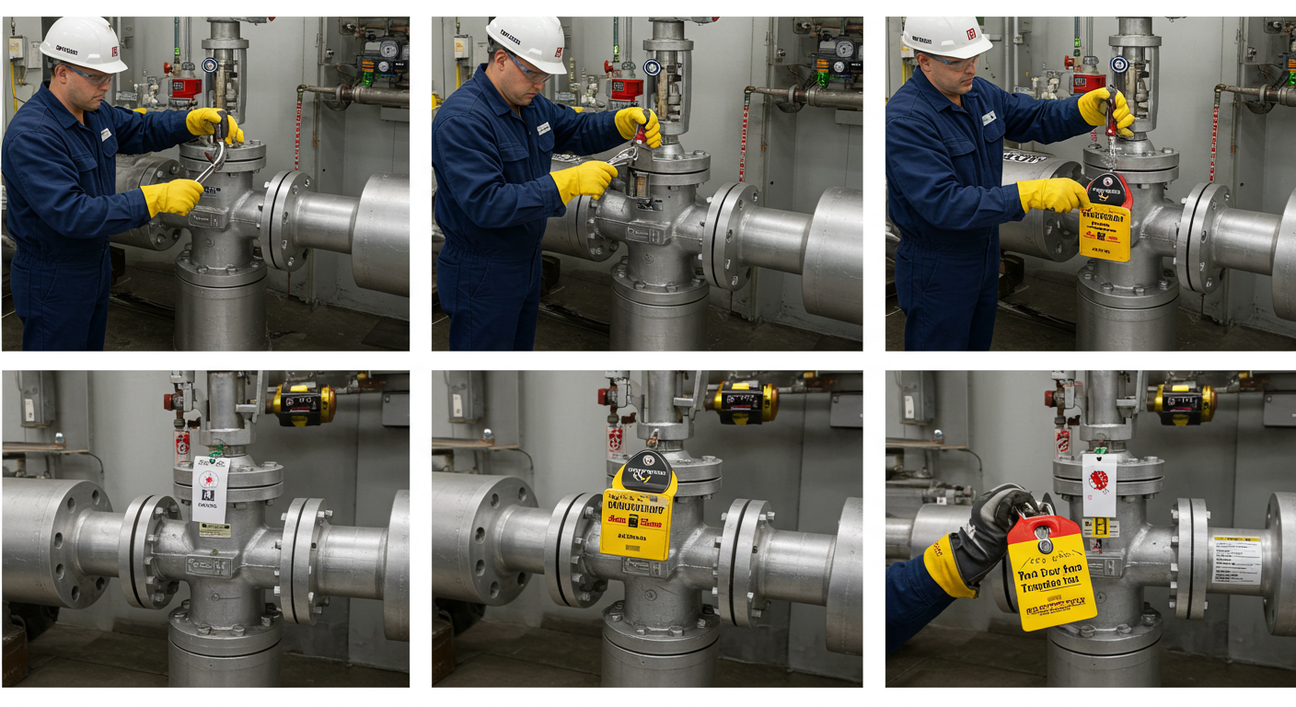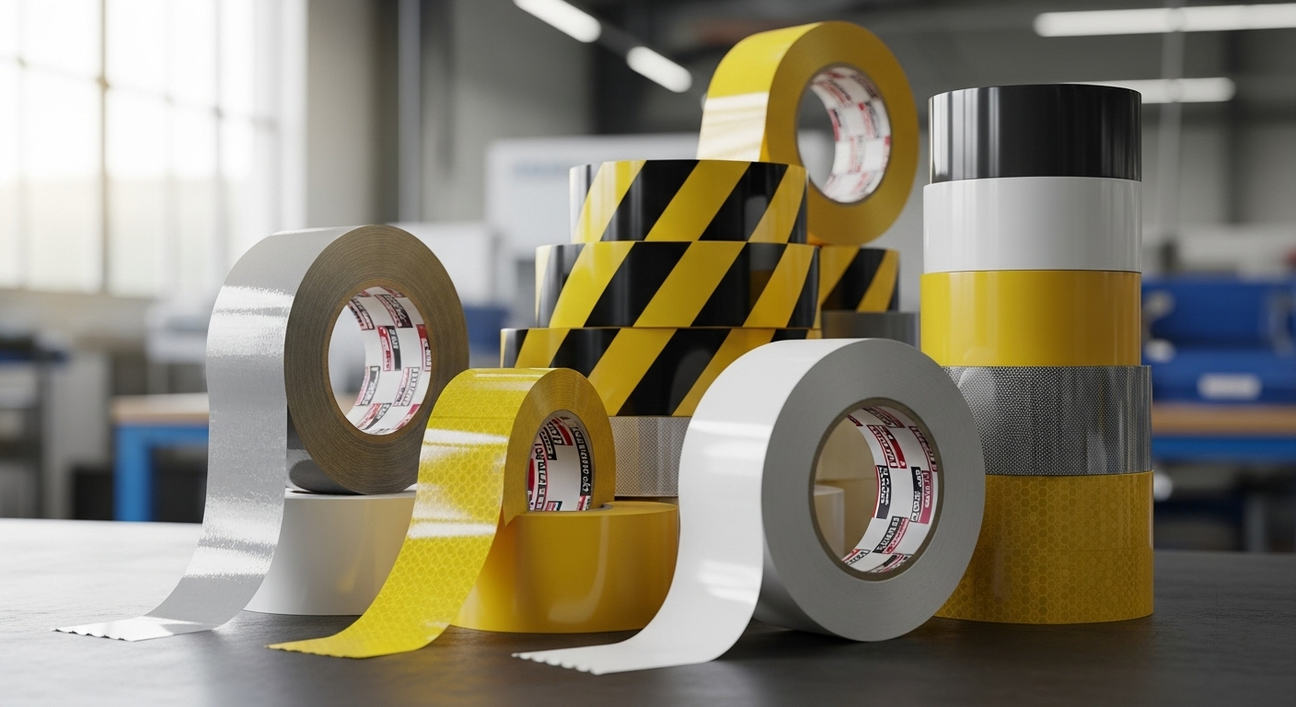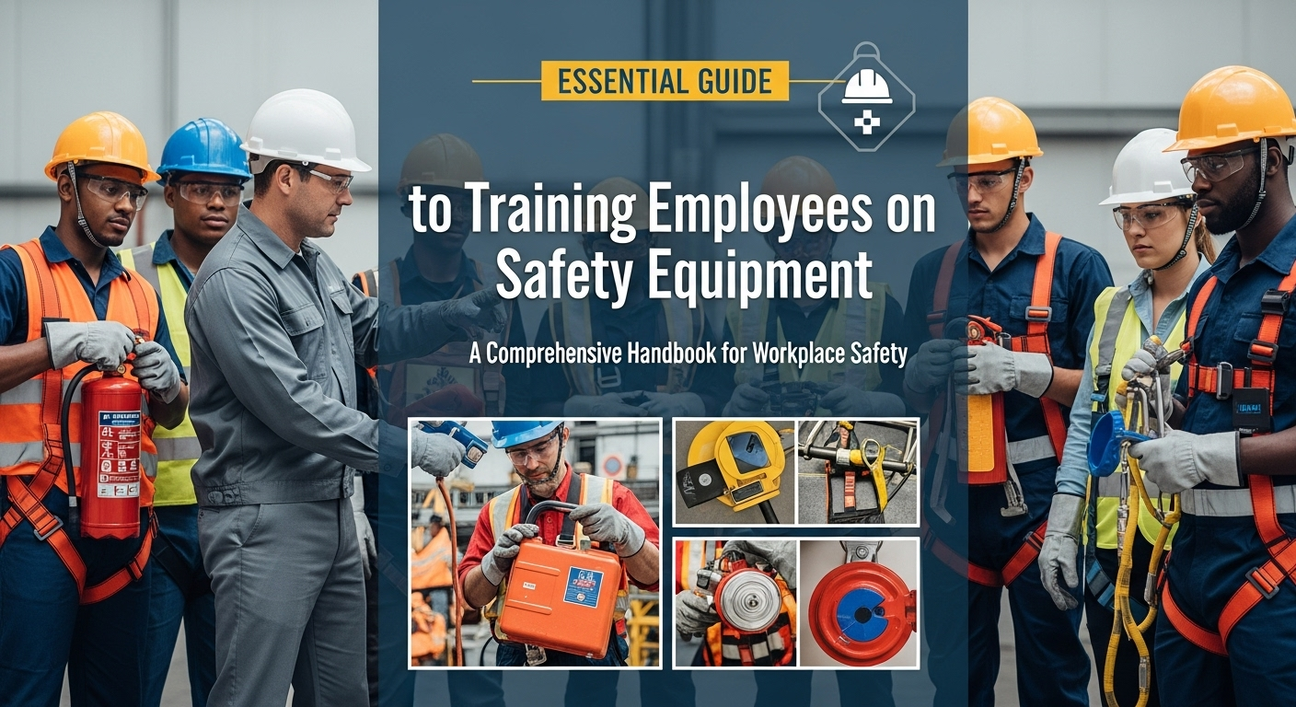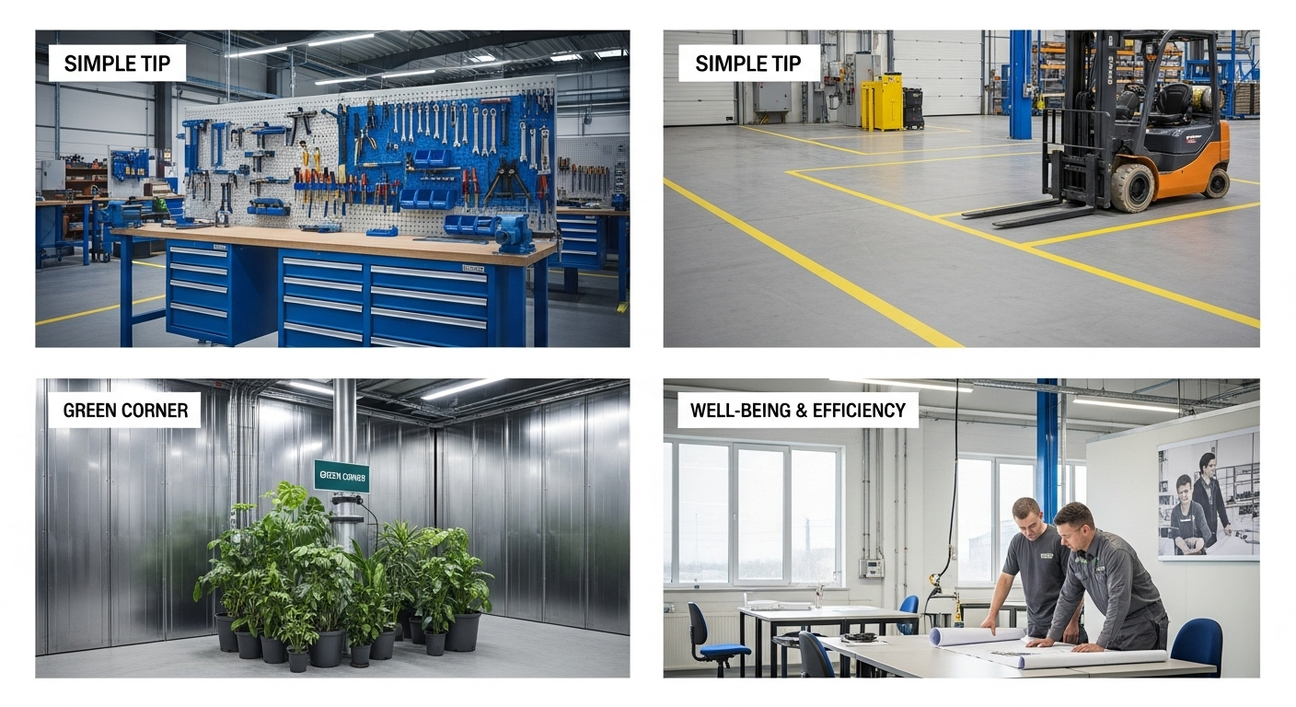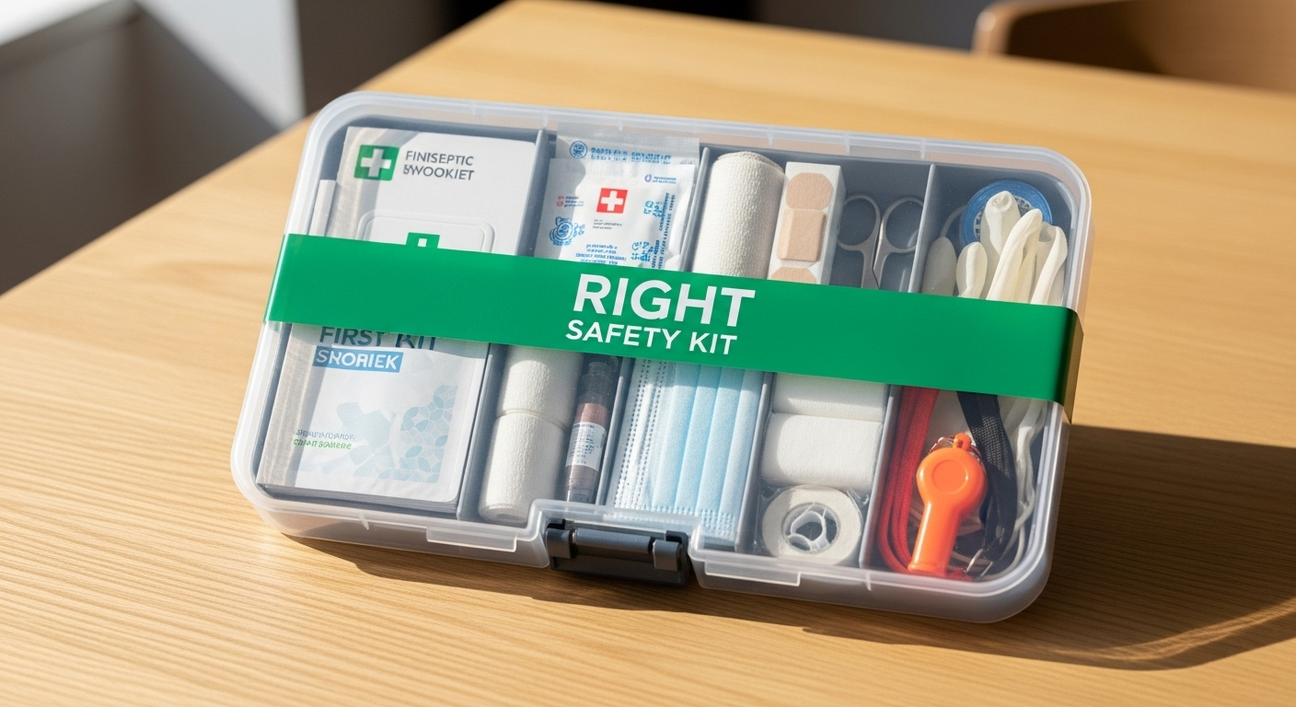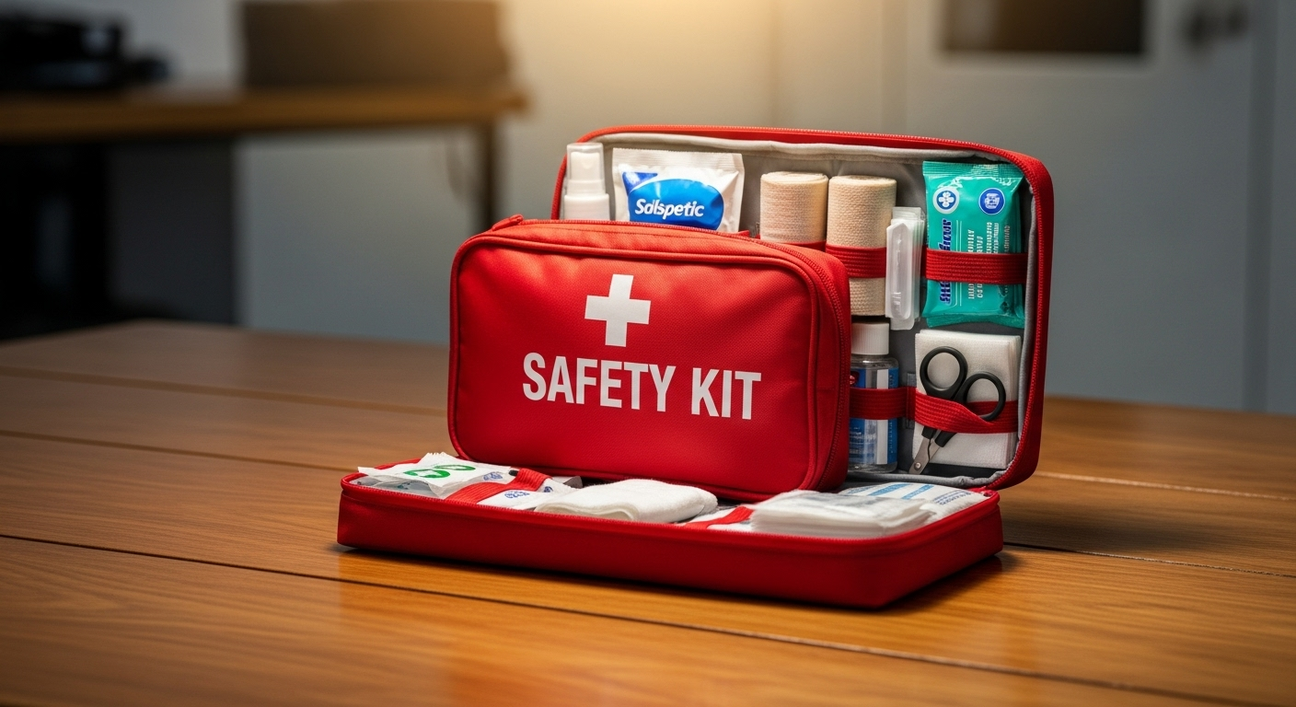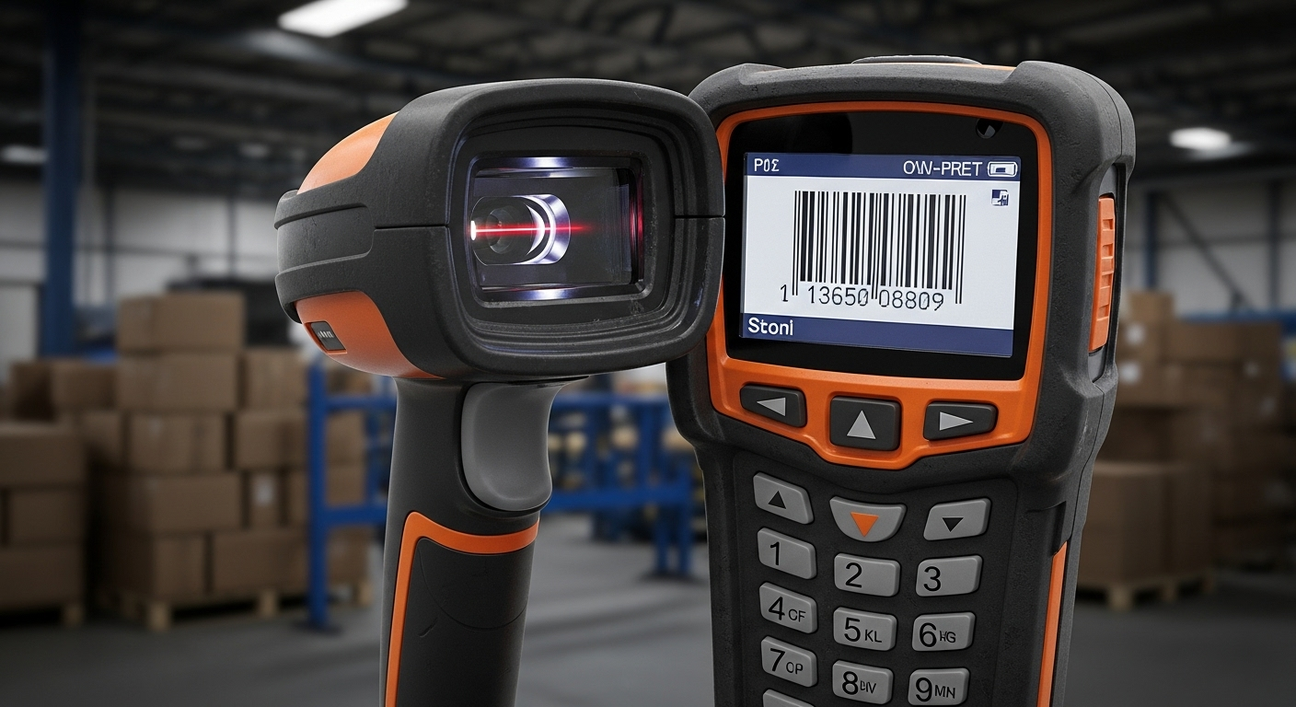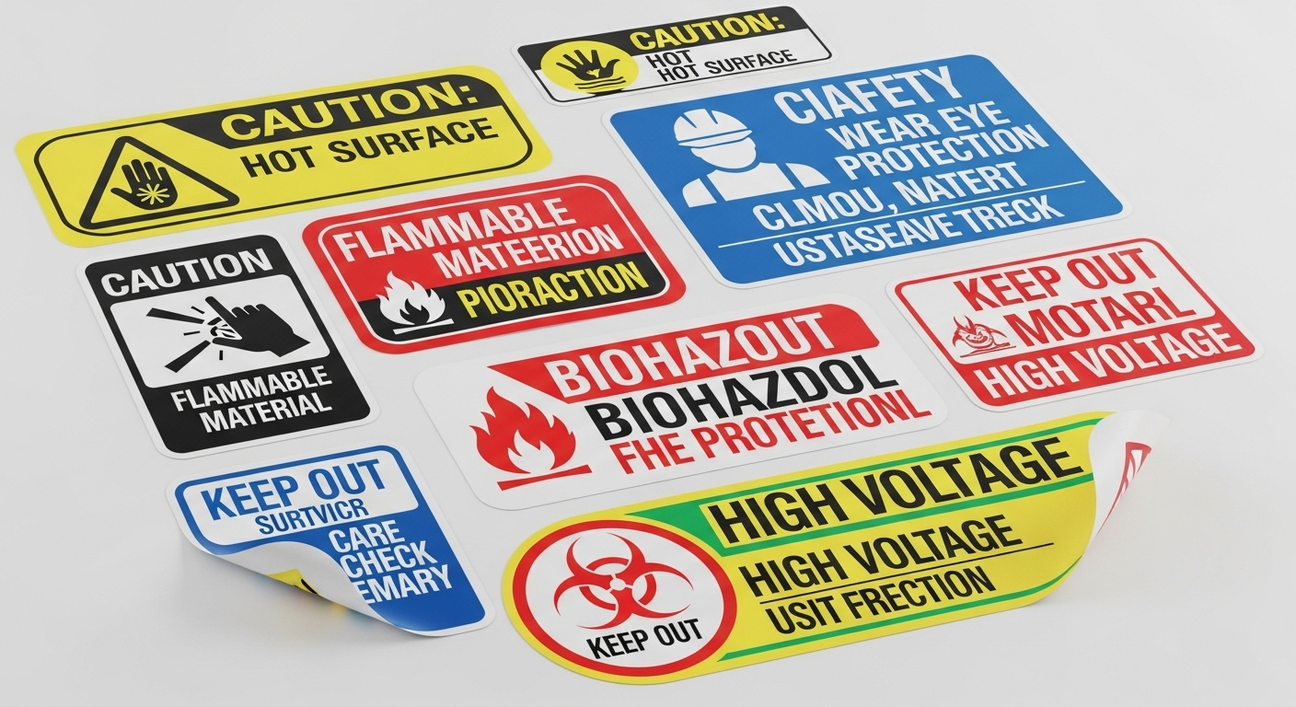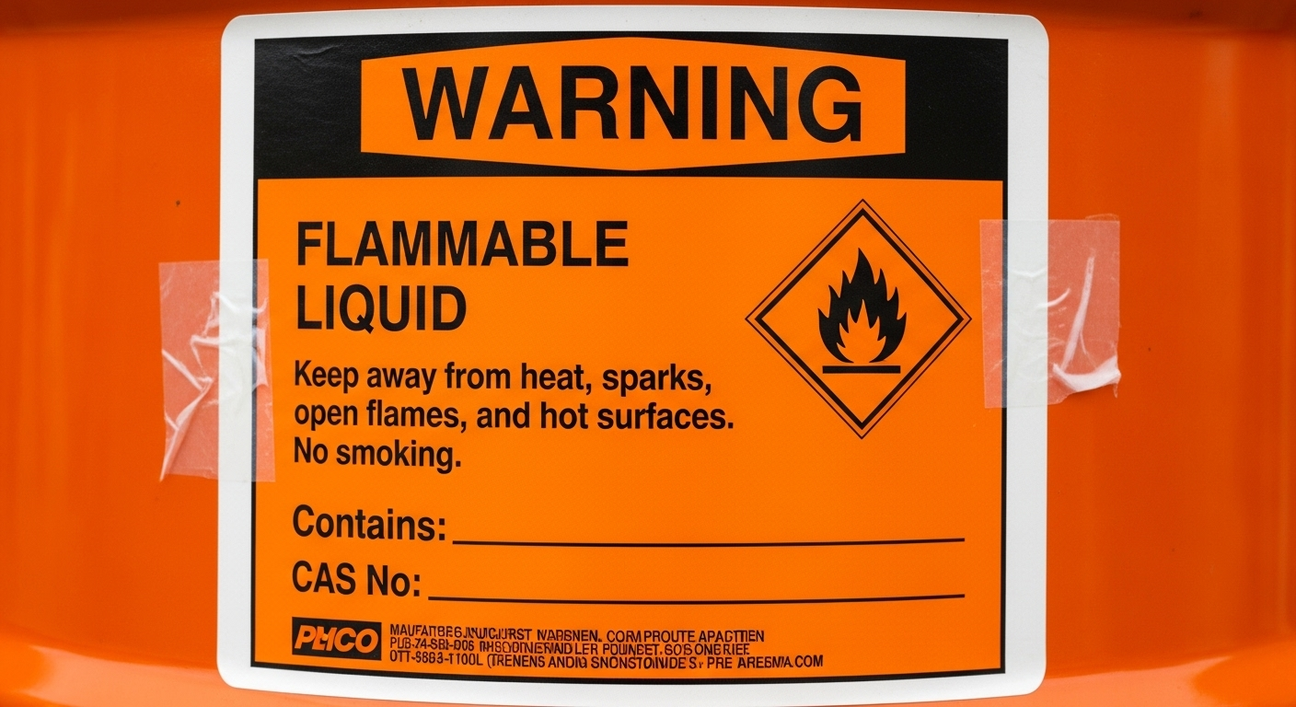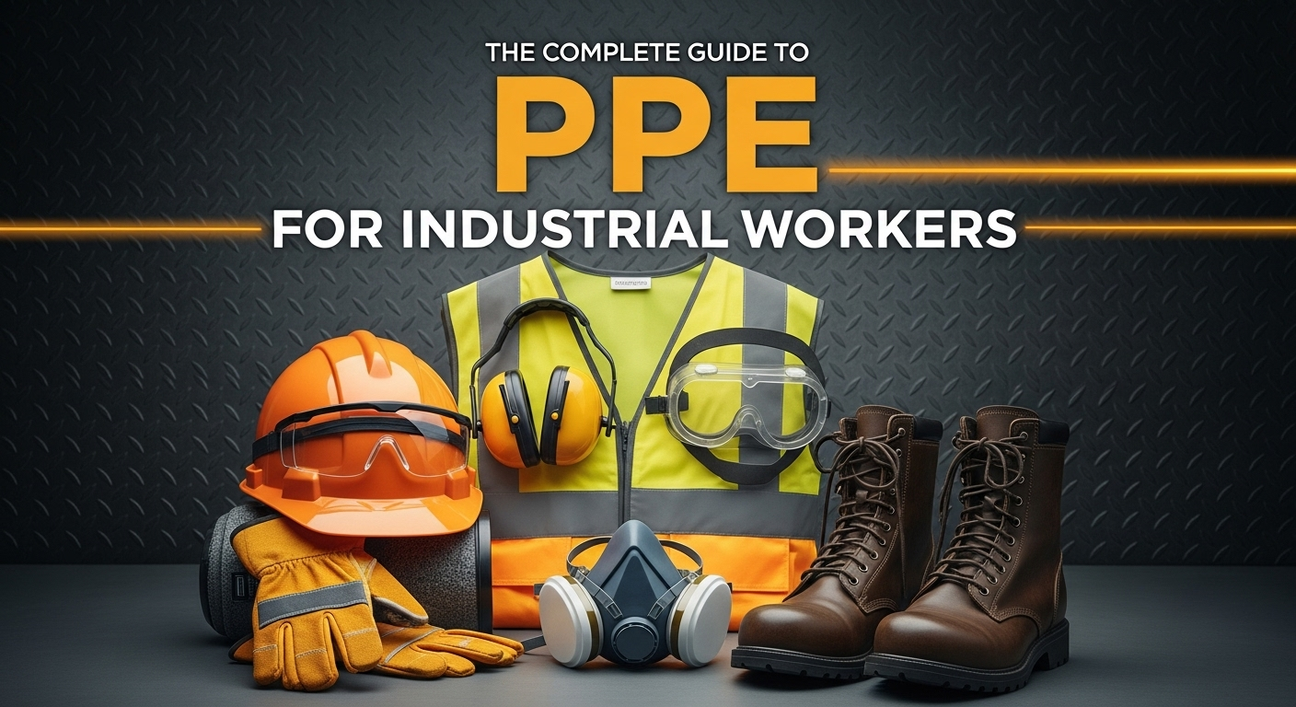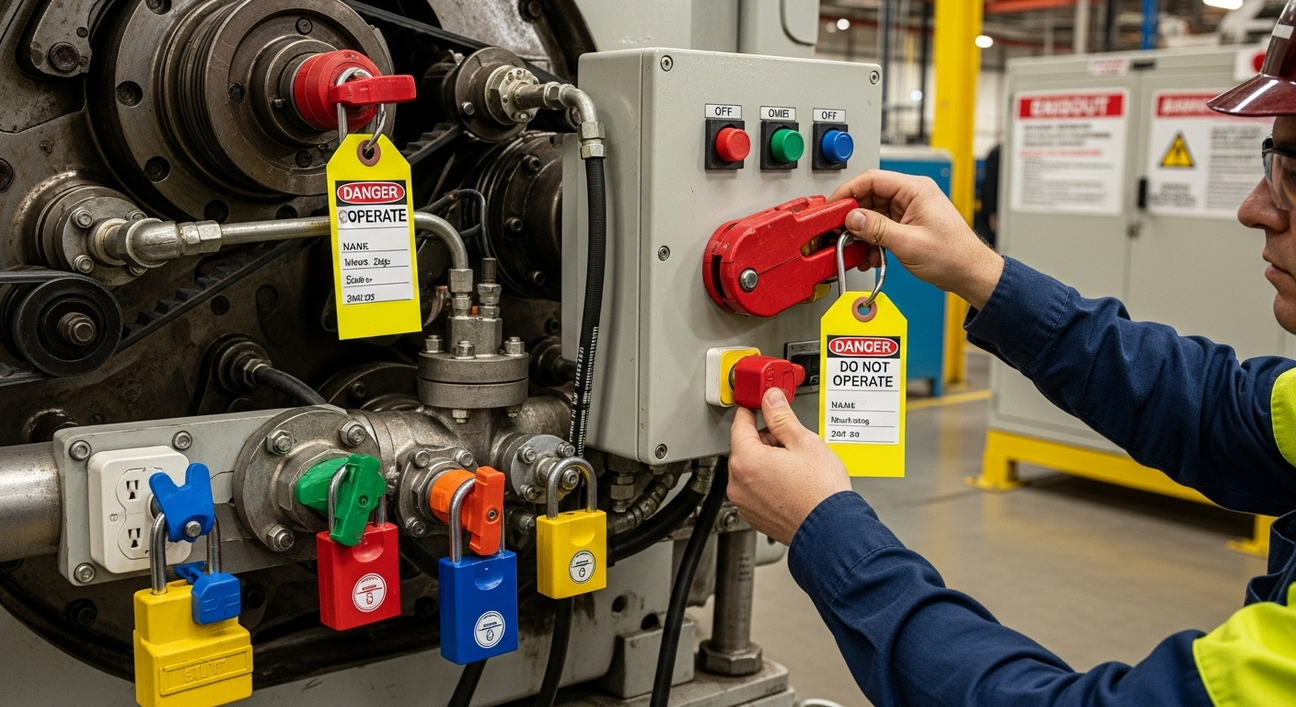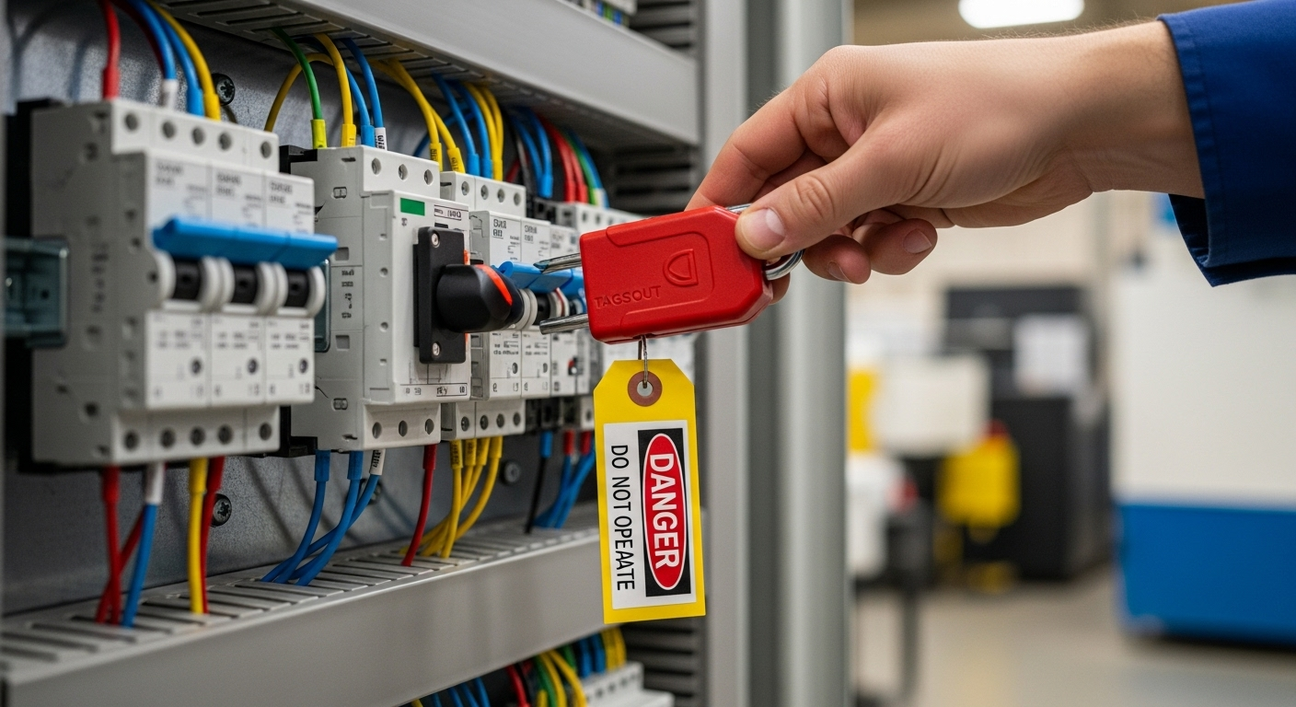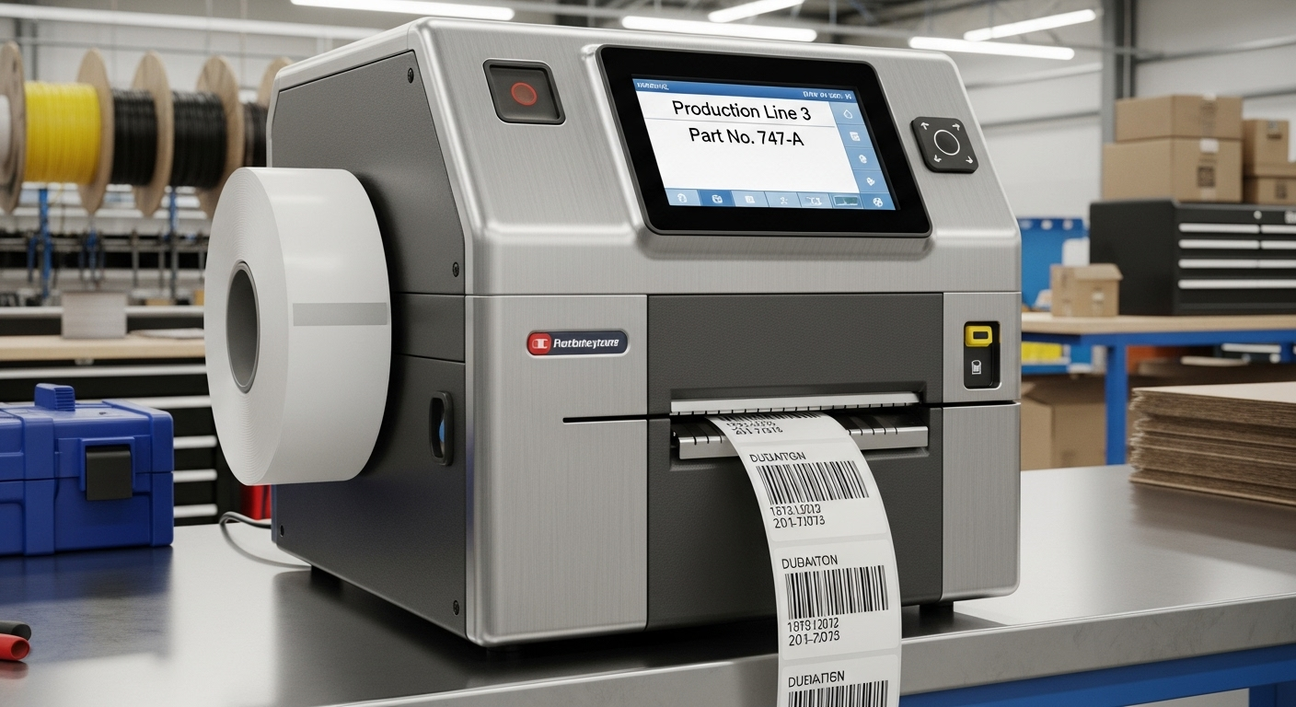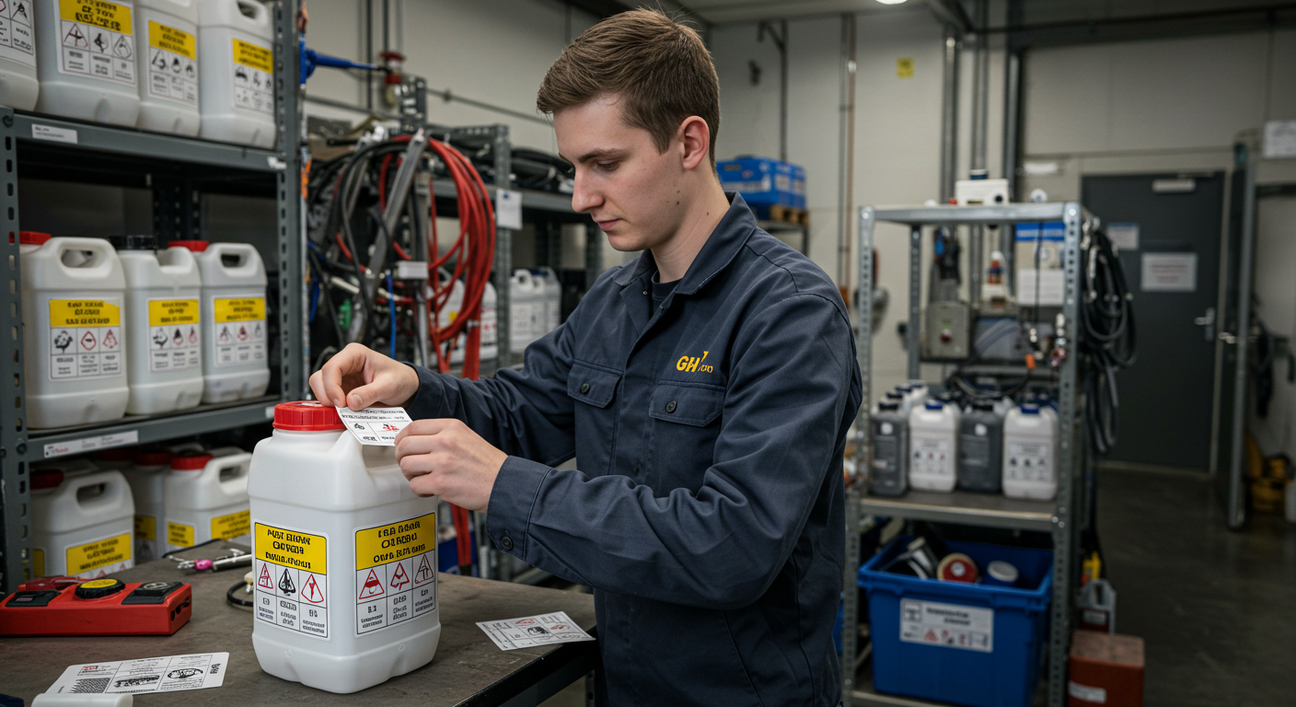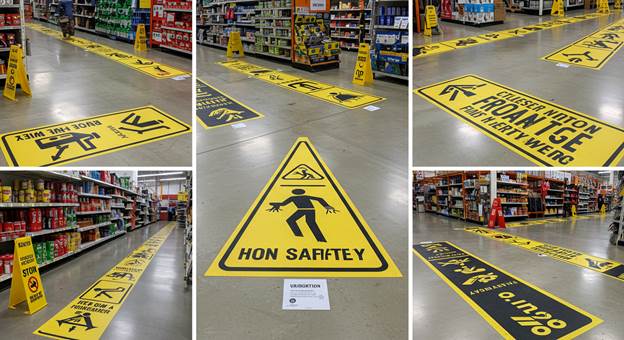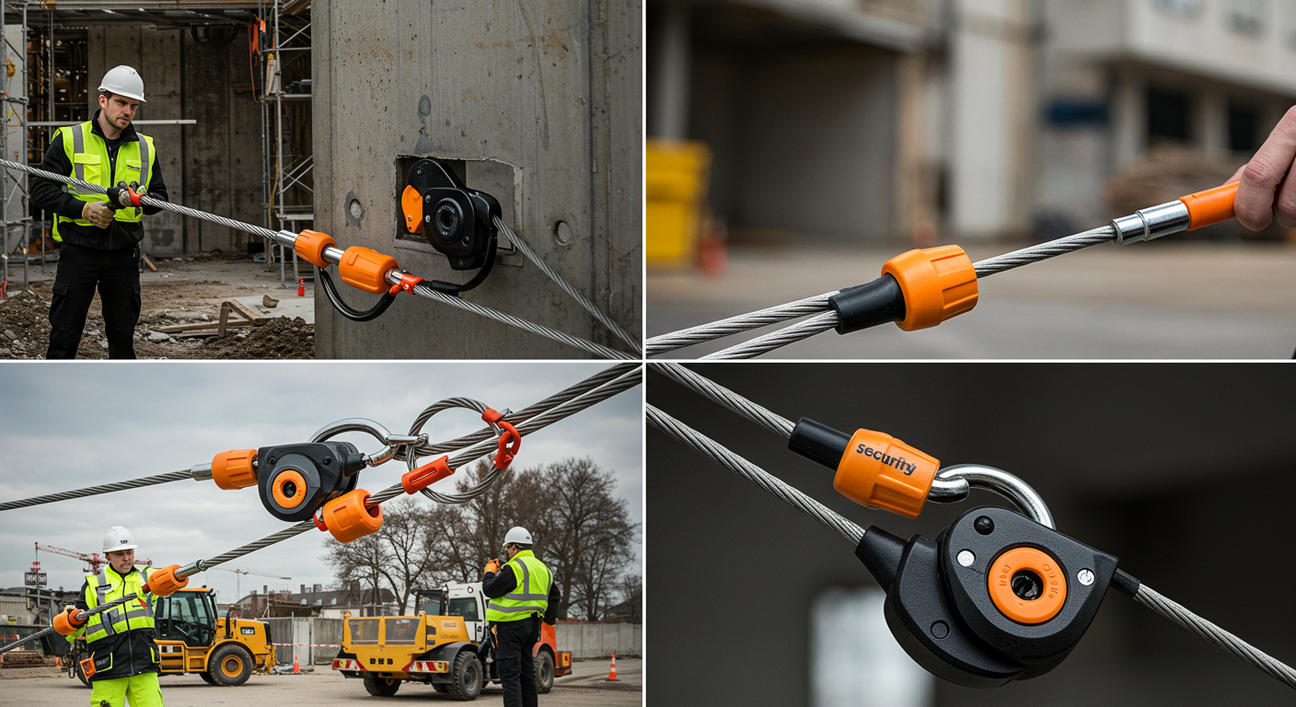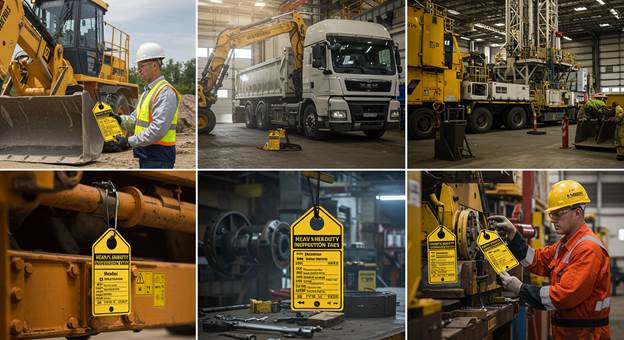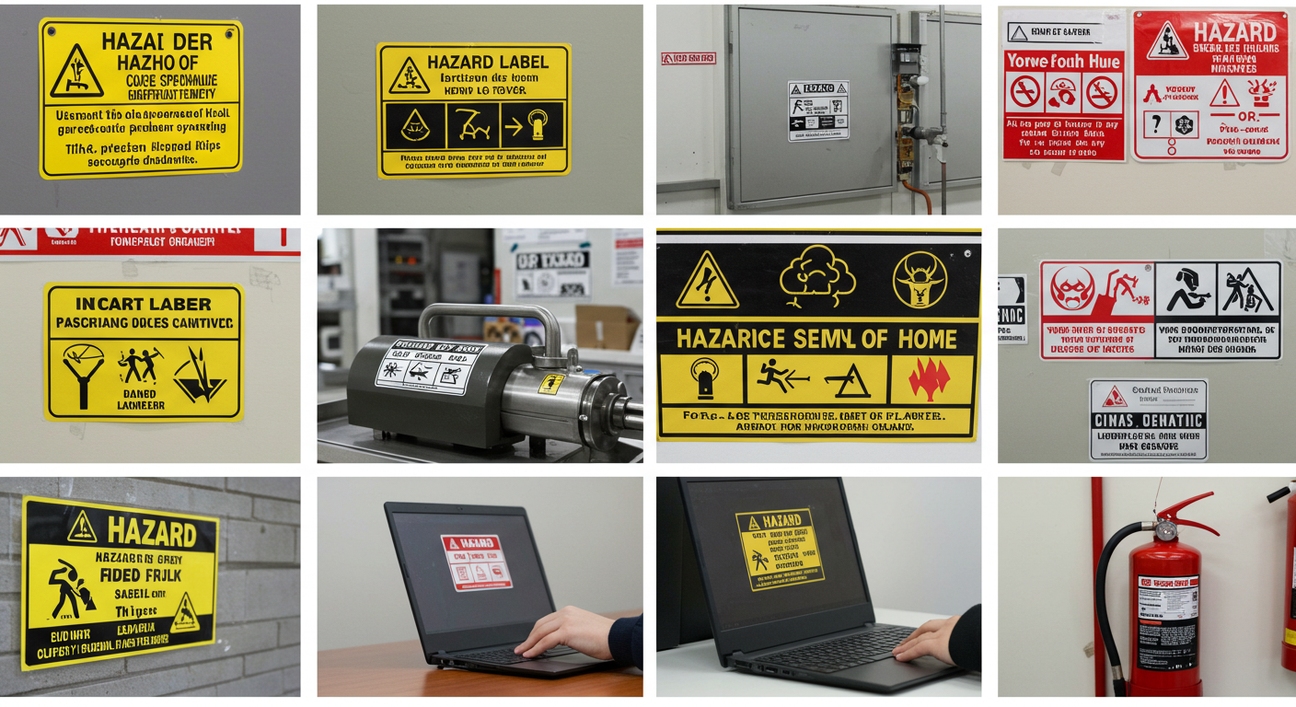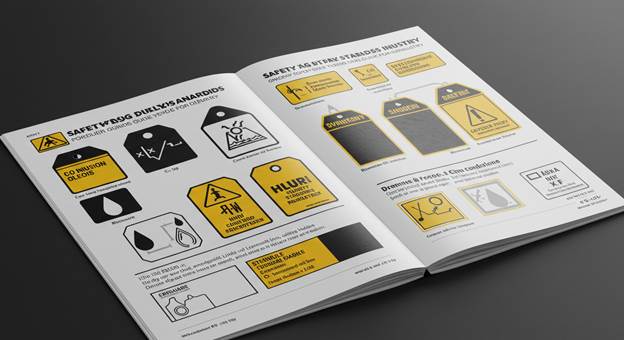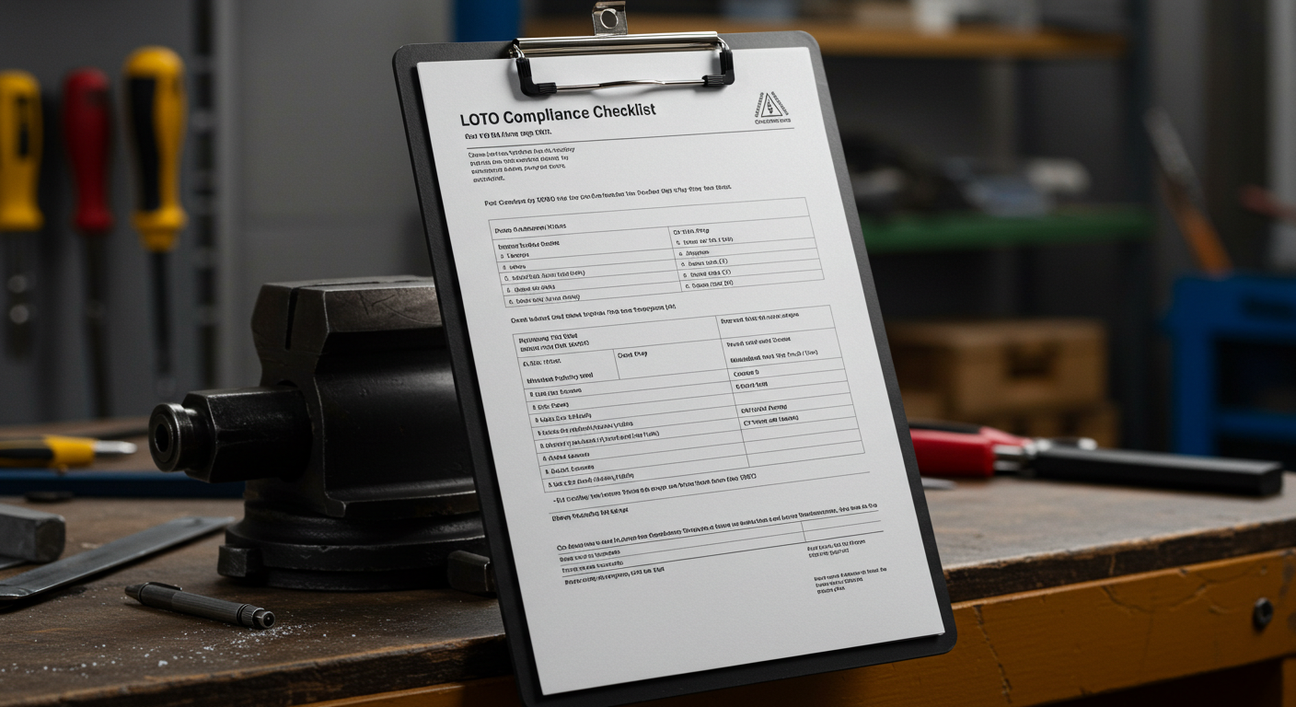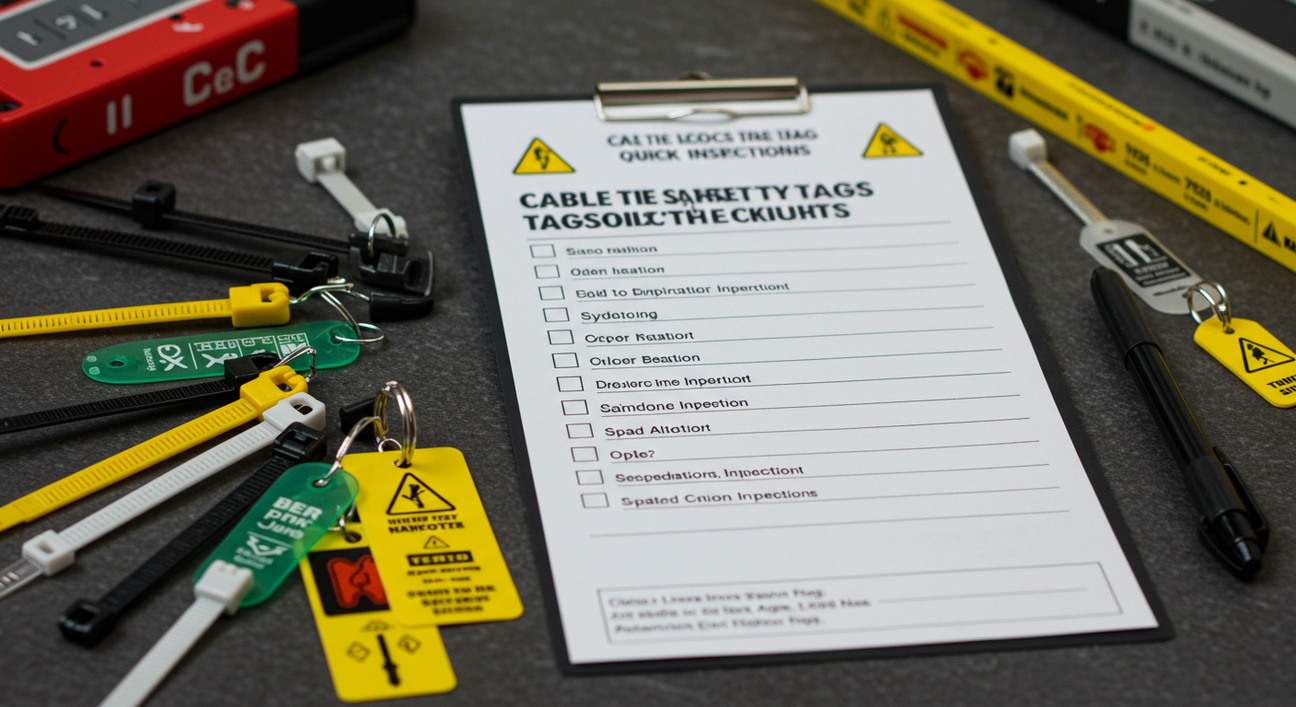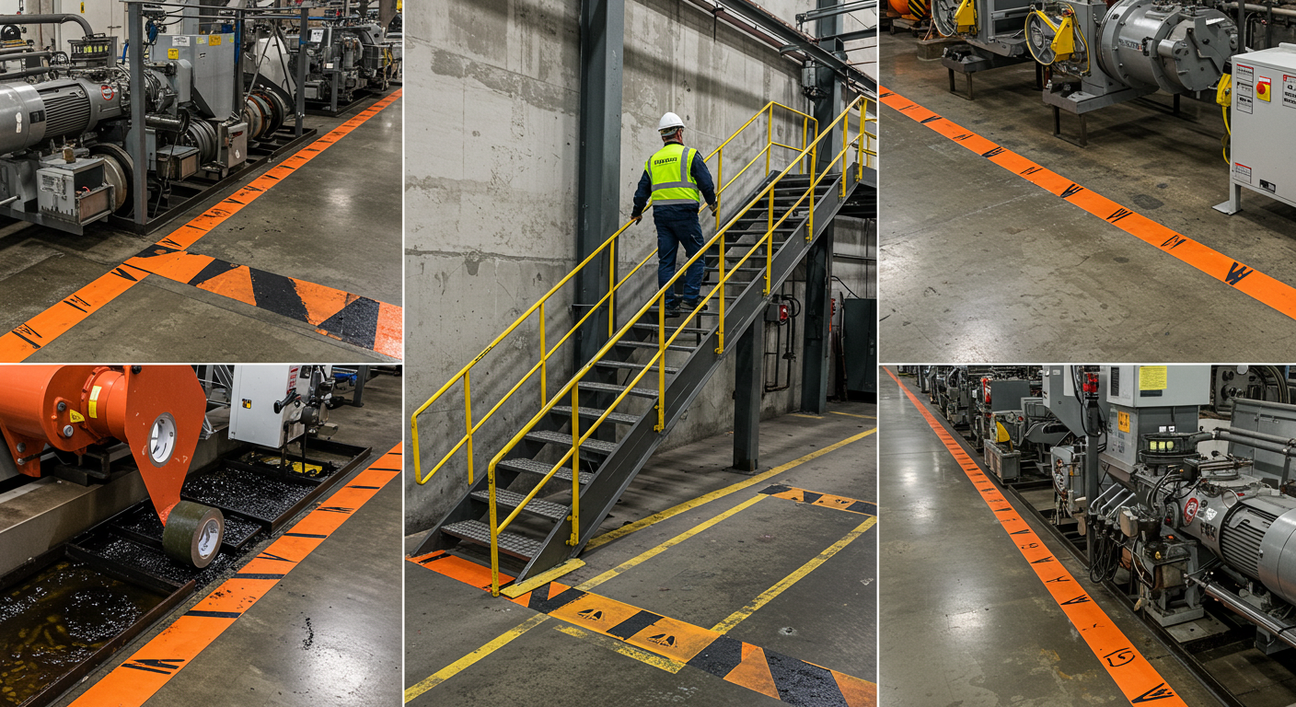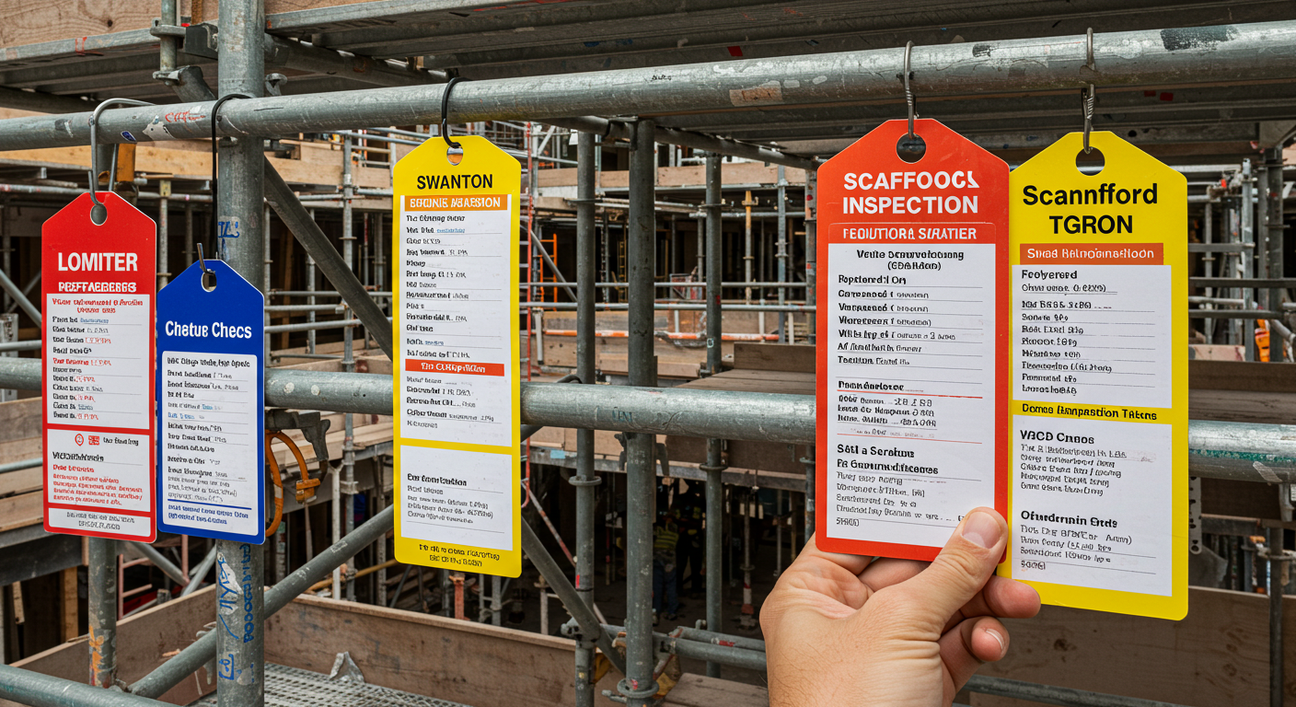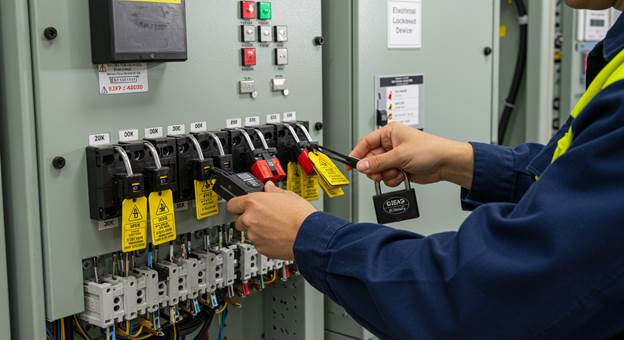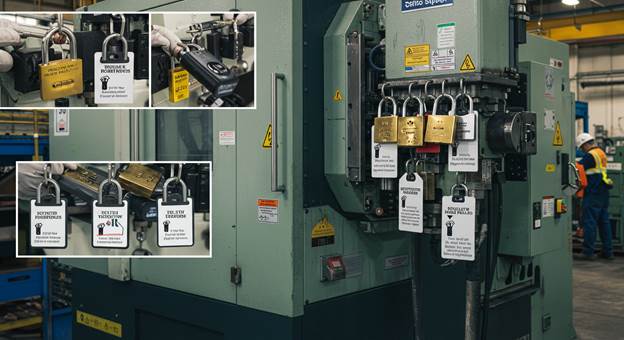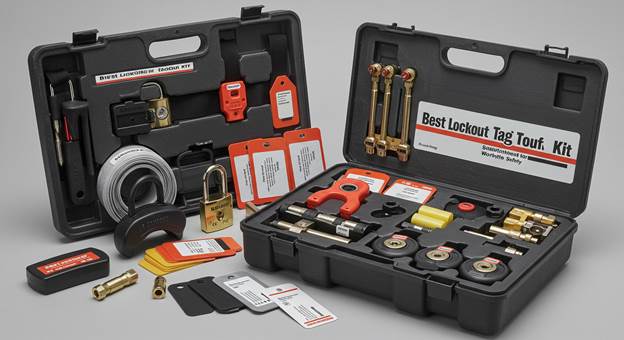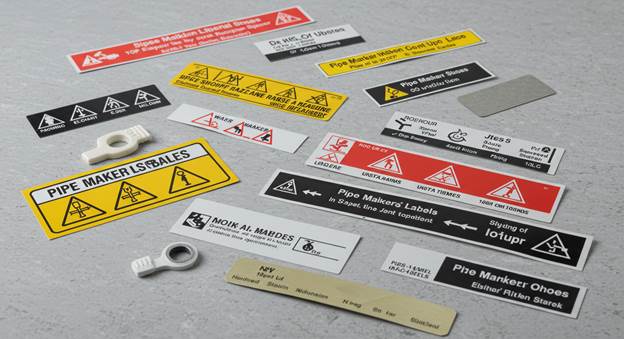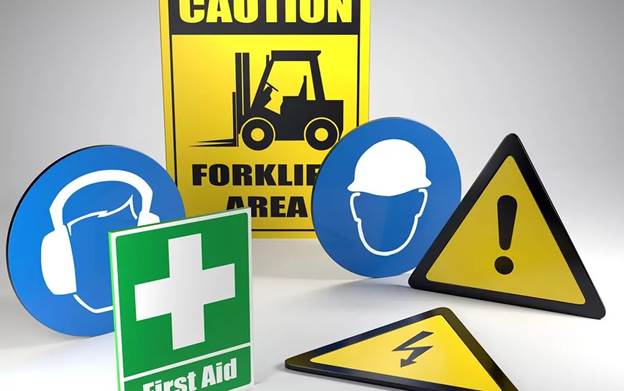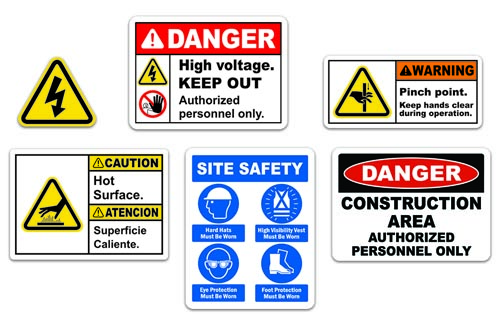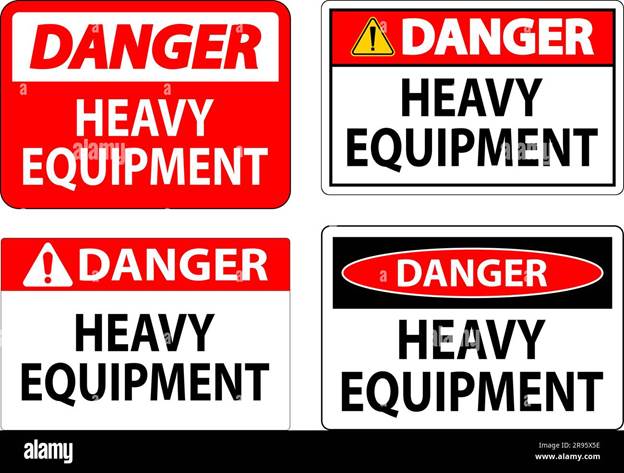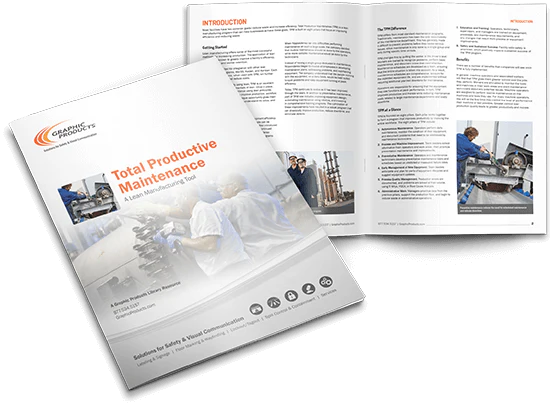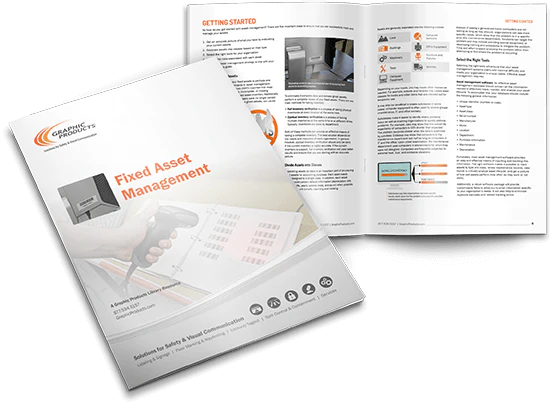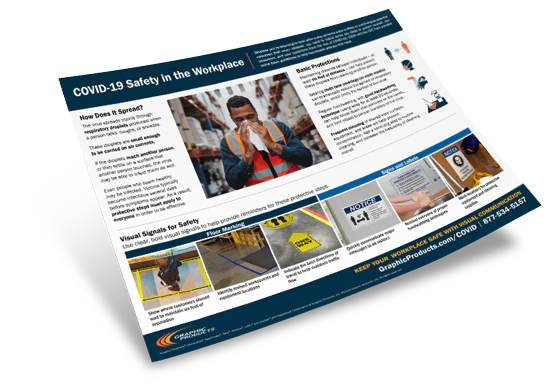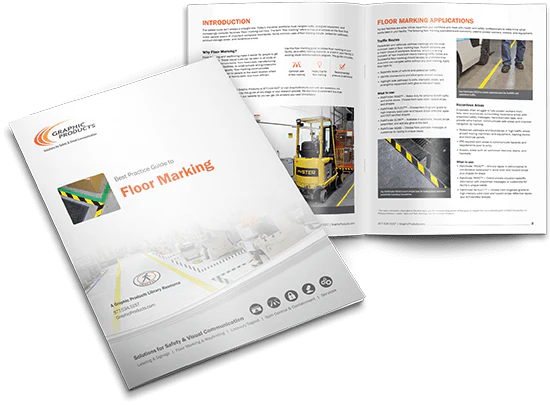Step-by-Step Valve Lockout Tagout Process Explained
1. Introduction: Why Valve Lockout Tagout Is a Critical Safety Step
Faulty valve control can result in disastrous consequences—from sudden chemical release to unexpected pressure buildup. That’s why a structured valve lockout tagout process is essential. This system isn’t just about equipment; it’s about safeguarding lives and demonstrating a true culture of safety.
With reliable products from Archford, including customizable LOTO valve kit setups, Australian worksites can simplify compliance and enhance control over valve operations.
2. Understanding Valve Lockout Systems in Industrial Settings
Industrial valves come in many forms—ball, gate, butterfly, and more. Every valve needs a customized approach to isolation. A tagout valve tag correctly attached ensures that once a valve is secured, everyone ceases operation until maintenance ends. This process protects workers and preserves system integrity.
3. Tools You Need: Electrical Lockout Devices and Beyond
Comprehensive LOTO planning includes electrical lockout devices, but when handling fluid, steam, or chemical pipelines, you also need:
-
Valve-specific lockout clamps
-
Chain or cable lockout kits
-
Padlocks, hasps, and supporting documentation
-
Hat tags for valve LOTO—pre-printed tags that fit a range of valve applications
All of these are available through Archford as part of a full tagout valve solution.
4. Pre-Lockout Preparation: Risk Assessment & Team Communication
Before any valve isolation:
-
Conduct a hazard analysis—pressure, temperature, chemical risk
-
Evaluate potential energy sources and plan for full valve isolation
-
Inform all affected teams, from operations to safety
-
Prep portable charts or diagrams to guide valve selection and flow direction
Clear planning lays the foundation for a smooth valve lockout tagout process guide.
5. Step-by-Step Valve Lockout Tagout Procedure
Here’s a step-by-step outline of an effective system:
-
Notify personnel affected by the maintenance
-
Shut down and drain the system
-
Test pressure gauges to ensure zero energy
-
Install a valve lock — securely clamp the handle in closed position
-
Place padlock and attach a visible tag including “Out of Service”
-
Verify that the valve cannot be moved
-
Attach any necessary hat tags for valve LOTO
-
Install electrical lockouts where upstream equipment is powered
-
Sign lockout log and proceed with maintenance
6. Valve Isolation: Ensuring Energy Control
Complete valve isolation involves securing not just the valve, but all related energy sources—hydraulic, pneumatic, or electrical. This often means using a LOTO valve kit that includes multiple devices designed for different valve types and energy systems.
7. Valve LOTO: Clamp and Tag Essentials
When performing valve LOTO, select the clamp that matches the valve handle: lever or wheel. Pair it with a durable lock and a legible tagout valve to prevent accidental reactivation during maintenance.
Archford’s kits include clear instructions and pre-labeled tags to help crews apply LOTO correctly every time.
8. When to Use Valve Lockout? Key Decision Points
Understanding when to use valve lockout is vital:
-
During any maintenance, repair, or inspection on pressurized lines
-
When isolating pipelines for system modifications
-
For pipelines with dangerous substances—gas, steam, or caustic chemicals
-
Whenever valves aren’t visible or access-controlled
If in doubt, use lockout—it’s always better to prevent than to recover from an incident.
9. Common Mistakes in Valve Lockout Processes
Even the best systems can fail if misapplied:
-
Assuming valve stays locked—always test it
-
Using generic tags—specific tagout valve tags ensure clarity
-
Ignoring electrical isolation—only clamping valves may leave power accessible
-
Skipping documentation—record locks and tags in your lockout log
10. How Archford Supports Your Valve LOTO Efforts
Archford’s LOTO valve kit solutions include clamp-style devices, padlocks, HASPs, tags, and illustrated guides. They also offer customization for valve size, system type, and your site’s specific risk profile.
Their resources, training materials, and fast shipping ensure your worksite adheres to best practices with ease.
11. Maintaining Valve Lockout Devices for Durability
Keep your equipment in top condition by:
-
Cleaning components regularly
-
Inspecting clamps and locks pre-use
-
Storing devices in dry cases
-
Replacing worn hat tags for valve LOTO
-
Logging when components are retired or replaced
A well-maintained valve lockout inventory increases reliability and confidence.
Essential Safety Solutions for Lockout, PPE, and Hazard Control
|
Tips / Guide Summary |
|
|
Select kits with multi-lock hasps, padlocks, and tags suitable for your industry. |
|
|
Use non-conductive or keyed-alike locks for easier and safer LOTO application. |
|
|
De-energize sources and use circuit breaker or plug lockout devices per procedure. |
|
|
Use proper devices for ball, gate, or butterfly valves; attach lock + tag always. |
|
|
Apply colored floor tape for equipment zones, hazard areas, and safe walking paths. |
|
|
Install on stairs, ladders, and wet areas to prevent slips, especially outdoors. |
|
|
Include hard hats, gloves, eye protection, respirators, and safety footwear in kits. |
|
|
Provide annual training and refreshers using real-world scenarios and documented tests. |
|
|
Include procedures, device inspections, employee responsibilities, and recordkeeping. |
|
|
Ideal for securing multiple valves or electrical panels with one locking point. |
12. Final Thoughts
Effective LOTO isn’t just regulation—it’s leadership. Following a defined valve lockout tagout process shows that your team prioritizes safety over shortcuts. Each valve LOTO application reaffirms workers that they’re valued, protected, and respected on the job.
With tools and support from Archford, your facility can build a resilient, safety-first environment—where leadership acts, and safety isn’t negotiable.
13. FAQs
Q1: What is a LOTO valve kit?
It’s a kit containing clamps, padlocks, tags, and instructions for valve isolation.
Q2: Can I use regular tags for valve LOTO?
No—use dedicated tagout valve tags with fields for date, name, and reason.
Q3: How long can a valve stay locked under LOTO?
Only while maintenance or testing is in progress—never leave it locked longer than necessary.
Q4: Who can remove the valve lockout?
Only the person who installed it—or a supervisor following official procedures—should remove it.
Q5: Are valve LOTO procedures required in Australia?
Yes—under AS/NZS 4836, system isolation (mechanical and electrical) is mandatory for maintenance.

